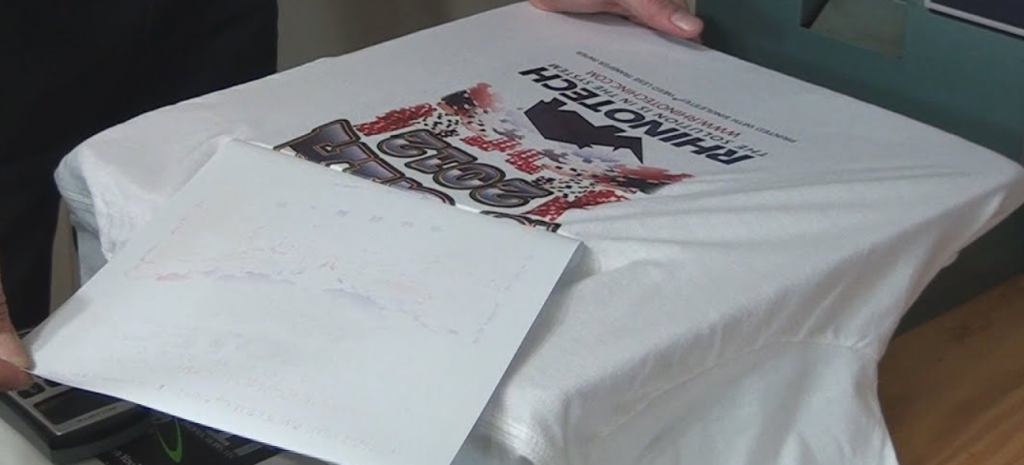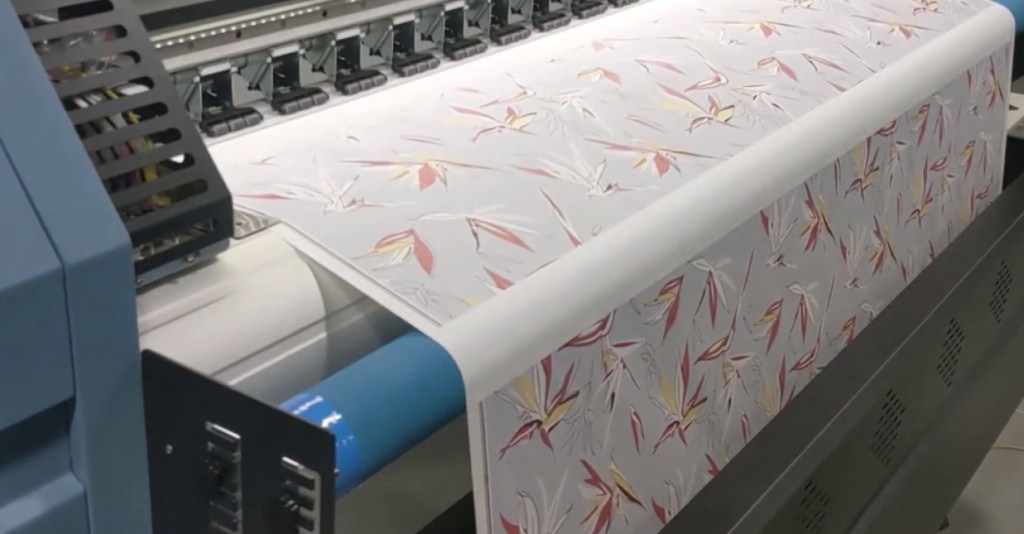Whether you are an artist or a designer looking to promote your work, printing your artwork on shirts can be a great way to bring your designs to life.
Before printing your tees, choose a high-quality design that will stand out from the crowd! This includes ensuring your design is vector-based, has a transparent background, and is large enough to fit on the shirt.
Screen Printing
Screen printing is an ultra-professional way to transfer images to t-shirts. This technique uses a mesh screen, thick ink, and a stencil to create a colorful picture on a shirt.

First, you must know how to print a picture on a shirt. It might be hard to do if you need to learn how to print the shirt.
The best part about screen printing is that it’s versatile and can be used on virtually any type of surface. It’s also an excellent choice for t-shirts because the ink is heat-dried, so it holds up well over time.
To get started, you’ll need a high-quality image and a screen. First, choose a screen with the proper mesh count. A screen with a higher number of fibers per square inch is better for finer details, while a lower mesh count is usually cheaper.
Read More:
How To Choose Nightwear for Women
Inkjet Transfer Paper
Inkjet Transfer Paper is a great way to get started if you want to print a picture on a shirt. It can be used with an inkjet printer and a heat press to create graphic T-shirts with crisp, straightforward image transfers.

Inkjet printers can print a full range of colors, so it’s ideal to use high-quality images when printing shirts using this method. The downside is that if the image has white areas, it will not show up clearly on your shirt because of the opaque white coating on this type of paper.
To ensure that your printed image transfers correctly, flip it before you publish it and feed it through the printer. This step is crucial if the design contains numbers or text.
Laser Transfer Paper
Laser transfer paper is a great way to print a picture on a shirt. It’s easy to use and works well for most types of blank shirts.

The key is to ensure that the image you’re using fits on the paper correctly. Check your printer’s preview to ensure it’s the right size before printing.
If you’re working with a photo, mirror the image (mainly if it includes words or lettering). This can be accomplished quickly and easily using your image editing software.
When choosing a transfer paper, it’s important to remember that different types are appropriate for specific garment colors and fabrics. If you’re working with white or light-colored shirts, look for transfer papers that have a transparent background. This allows the white areas of your image to show through the fabric without losing clarity or color accuracy.
Heat Transfer
Heat transfer is a great way to print a picture on a shirt. It is a simple process involving iron-on transfer paper and a heat press.

To start, you will need a high-quality image. You can use photo editing software or a free online image editor such as Photoshop.
Ensure your image is the correct size for your transfer paper. Typically, you will need to use light-colored transfer paper for lighter shirts and dark-colored transfer paper for darker shirts.
Once you have the right image, you can print it onto your shirts. Just be sure to wash and dry your t-shirts before you start printing them! This will prevent them from shrinking too much and skewing your new design.
Sublimation Printing
Sublimation printing is a great way to print an image on a shirt. This process uses a special dye that becomes a gas when heat is applied.

Once this process is completed, the image will permanently be on your shirt. It doesn’t wash out or crack as other printing methods do so it will look fantastic for a long time!
Another benefit of this type of printing is that it can be used on various products, including mugs, bags, pens, and more.
To get started with this technique, you must invest in a printer specifically designed for sublimation printing. Then you will need to buy some transfer paper and a heat press.

